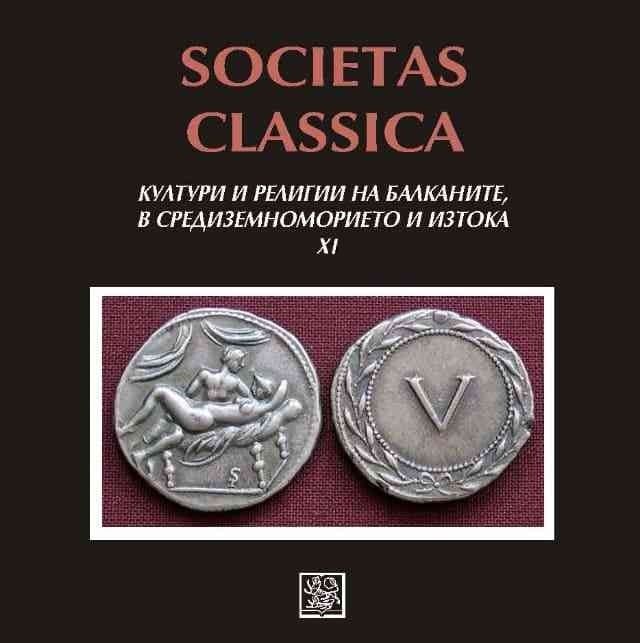Ролята на царя като жрец в ранната Новоасирийска империя (934 – 745 г. пр. Хр.)
The Role of the King as a Priest in the Early Neo-Assyrian Empire (934 – 745 B.C.)
Author(s): Zozan Tarhan
Subject(s): History, Political history, Ancient World
Published by: Великотърновски университет „Св. св. Кирил и Методий”
Keywords: Neo-Assyrian Period; king; priest; rituals; reliefs; cuneiform sources
Summary/Abstract: The present paper deals with the priestly role of the early Neo-Assyrian kings as represented in the royal inscriptions, visual sources and ritual texts. The study casts light on this aspect of the king’s roles in order to understand better the Assyrian kingship and the ideology behind it. It traces how the priesthood of the Assyrian ruler was perceived and in what context it was attested. At the same time, the ritual activities performed by the Assyrian king are identified, under what circumstances they were performed with the active participation of the king, how they took place and to what extent they were recorded in the source base. Both textual and visual sources are analyzed. Royal inscriptions and ritual texts are included in the first group. The iconographic group comprises scenes especially from the Northwest palace in Kalḫu and the city of Imgur-Ellil. Royal inscriptions present to a large extent the ideological part of the Assyrian ruler’s priestly role and less the practical execution of his sacerdotal functions. There are a few groups of mentions that referred to the king’s priestly role (Table 1). Reliefs involve ideological motifs and scenes of ritual activities. In the context of the scenes, some specific attributes held by the royal officials during the ritual activities are discussed; based on accounts from ritual texts, suggestions are made regarding their names and function. The ritual texts are more objective and aim to inform about the sequence of the ritual steps performed by the king, also including the other priests and participants.
Book: Societas Classica. Култури и религии на Балканите, в Средиземноморието и Изтока. Том 11
- Page Range: 384-400
- Page Count: 17
- Publication Year: 2021
- Language: English, Bulgarian
- Content File-PDF

